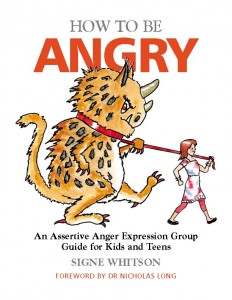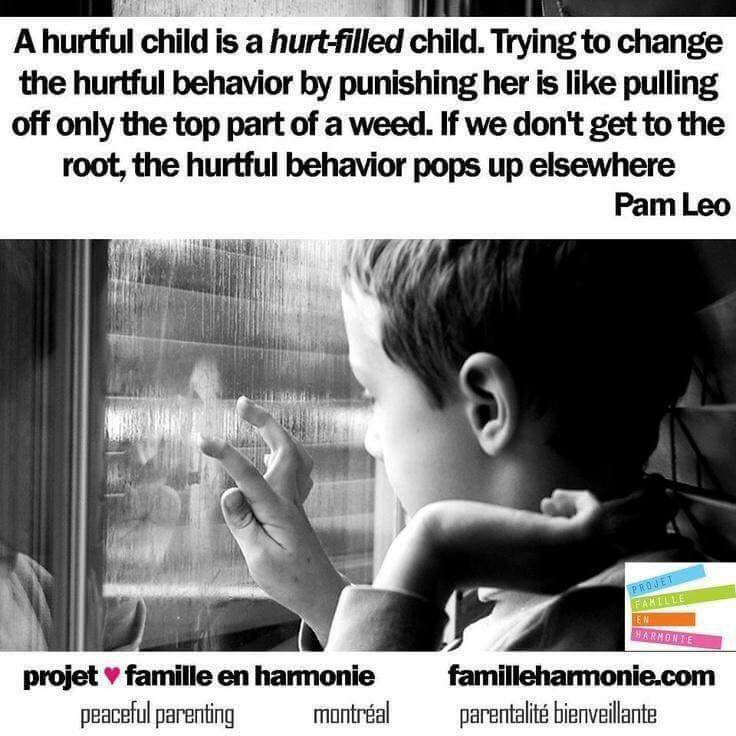signewhitson
This user hasn't shared any profile information
Home page: https://www.signewhitson.com
Posts by signewhitson
Learn to Understand and Change Passive Aggressive Behavior
0It’s cold outside! ![]() 🧥
🧥![]() 🧤
🧤![]() 🧣
🧣![]() ☃️
☃️![]() ❄️ What a perfect day to stay indoors and learn new skills to understand and change passive aggressive behavior. Check out the LSCI Institute’s online training, The Angry Smile.
❄️ What a perfect day to stay indoors and learn new skills to understand and change passive aggressive behavior. Check out the LSCI Institute’s online training, The Angry Smile.
Complete a whole day’s worth of live training in just a few hours, right here:
(Copy of The Angry Smile book is included and will be shipped directly to the address you provide!)
Hurt Students Hurt Students
0I saw this meme online today and just love it:
LSCI training, the certification program that is the basis for most of my professional interactions with distressed kids, offers the skills we all need to reach out to hurt-filled children. For more information please visit the LSCI page on this site or check out www.lsci.org today. I can very honestly say that I use the skills of LSCI every single day in my work and have for the last 17 years since I was first certified in LSCI. I’m happy to answer any and all questions about LSCI training.
Training opportunities are available online at your convenience or year round at any of LSCI’s international training sites.
How to Help Your Overly-Compliant Child
0![]() Got a kid who can’t—or won’t—assert herself around others? Highlights Magazine interviewed me, Dr. Michele Borba, and Dr. Kristin Buss for strategies on how to help passive young people find their voices. Check out our responses using the link below and at the “Smart Answer to Parents’ Toughest Questions” section on Highlights.com
Got a kid who can’t—or won’t—assert herself around others? Highlights Magazine interviewed me, Dr. Michele Borba, and Dr. Kristin Buss for strategies on how to help passive young people find their voices. Check out our responses using the link below and at the “Smart Answer to Parents’ Toughest Questions” section on Highlights.com
https://www.highlights.com/parents/articles/smart-answers-parents-toughest-questions-passive-child-2
 For more information on helping your child move beyond passivity, aggression, or passive aggression and on to more assertive communication, check out the activities, games and discussion ideas in How to Be Angry: An Assertive Anger Expression Group Guide for Kids & Teens.
For more information on helping your child move beyond passivity, aggression, or passive aggression and on to more assertive communication, check out the activities, games and discussion ideas in How to Be Angry: An Assertive Anger Expression Group Guide for Kids & Teens.
Goal for 2017-18 School Year: Connect with the Things that Make Your Students Come to Life
0“Connecting with each student is very important to me,” the science teacher explained. “Tapping into what makes them excited … what makes them come to life … is my goal,” he explained.”
This terrific article from Hands Free Mama offers a simple, genius strategy that all educators and counselors can use to genuinely connect with students. Remember, real learning occurs only in the context of trusting & supportive relationships.
https://www.handsfreemama.com/2016/09/09/the-index-card-every-kid-needs-to-get-today/


 Monday, December 11, 2017 at 12:34PM
Monday, December 11, 2017 at 12:34PM


